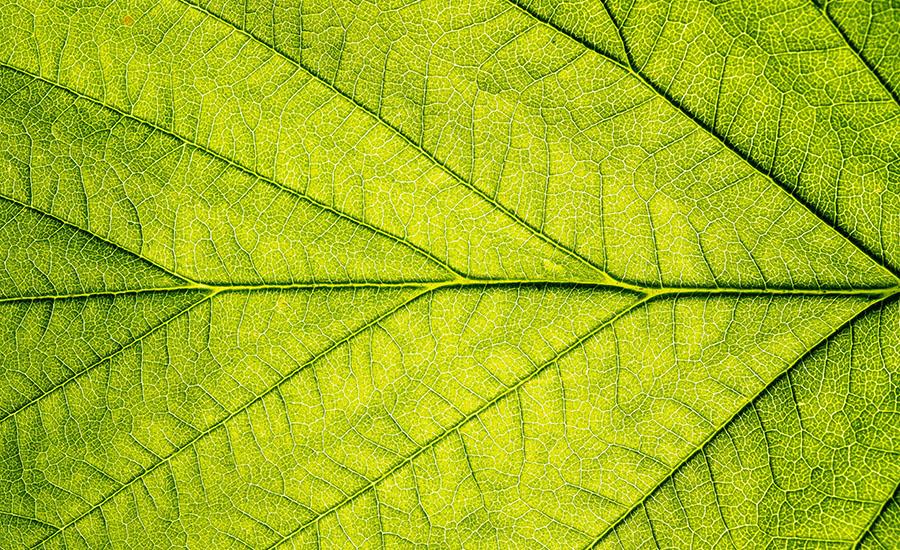
This is the second lesson in a series of 2. In this lesson, students will learn about what watersheds are and then take a tour of the school campus looking at it through the lens of being a watershed
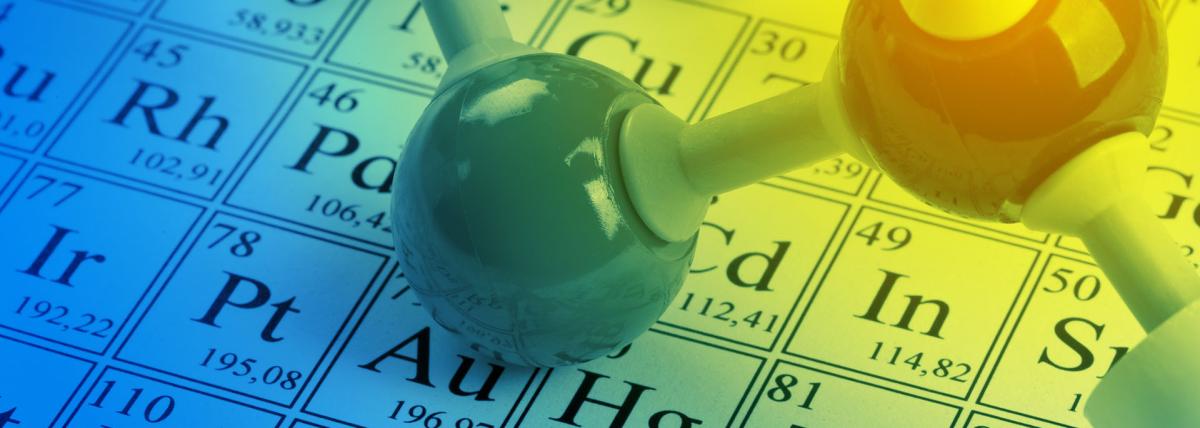
Students are introduced to the idea that matter is made up of tiny particles called atoms and molecules. In this lesson, students will determine the difference between the three states of matter

This is the first lesson in a series of 2. In this first lesson, students learn about the ongoing water crisis in Arizona and how rainwater harvesting can help drought regions. Students will watch a
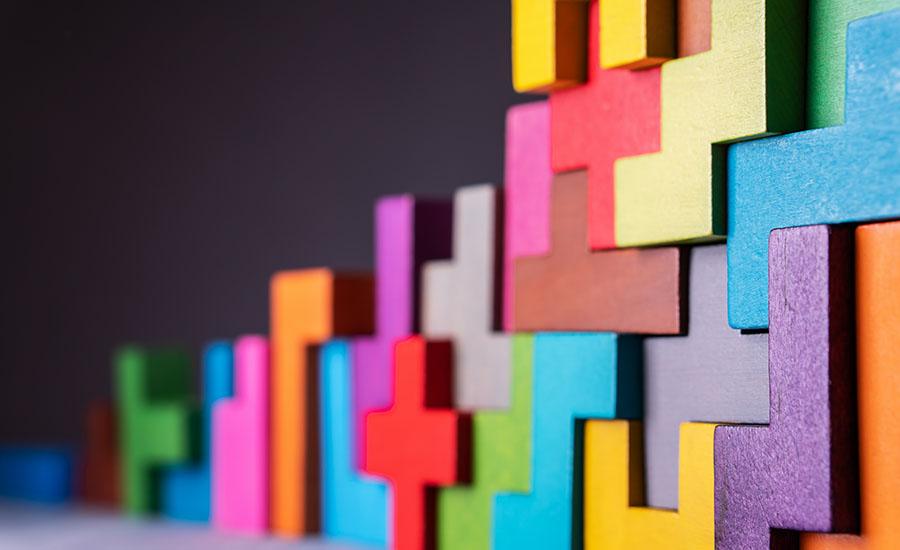
After reading the picture book: "What Do You Do with an Idea?", students will create a table game using basic supplies. This hands-on lesson can be used when talking about force and motion, a 5th
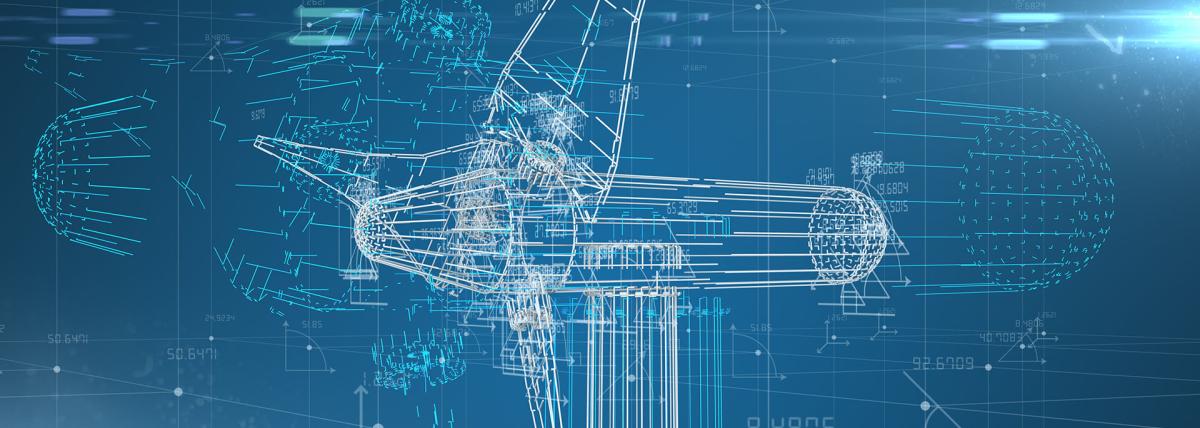
For this lesson, students will build a Ferris Wheel using both technic pieces and bricks from the LEGO Spike Prime kit. They will work through the engineering design process, collect data and

This is the 4th and final lesson in a series of 4 about the rainforest. In this creative lesson, students write a summary about the layer they have been studying. They create an animal and organism

This is the 3rd lesson in a series of 4. Students will discuss a slow reveal graph about the amount of forest destroyed each year. Students compare two graphs and decide which is better at

This is lesson 2 in a series of 4 lessons about the rainforest. In jigsaw groups, students create a food web about one of the 4 layers of the rainforest on a Google Slide or Prezi. Students go back to

This is the 1st lesson in a series of 4 covering the rainforest. As a class, we research the abiotic and biotic factors of the whole rainforest. Students jigsaw and research the abiotic and biotic

Students will listen to the story "Iggy Peck Architect" and create a bridge using available materials to see if it can carry weight. They will explore engineering as they plan, construct, and test
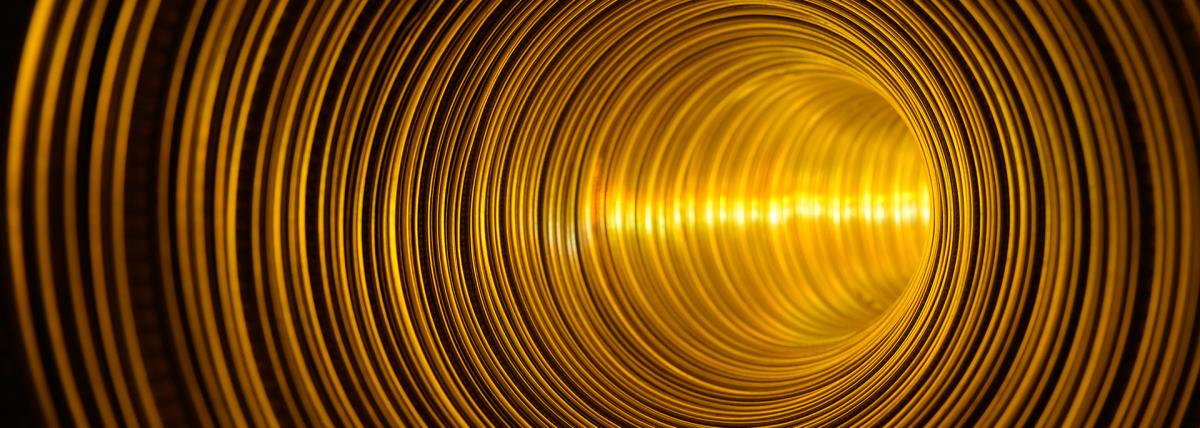
Students will experiment with electromagnets and building them using a 3D model. They will collect data and analyze the data. Students will experiment with 4 different types of batteries and create

Students utilize the Engineering Design Process to create a sailboat! Students must design and build a sailboat that will get them from one end of the channel where they are stranded to the other. It
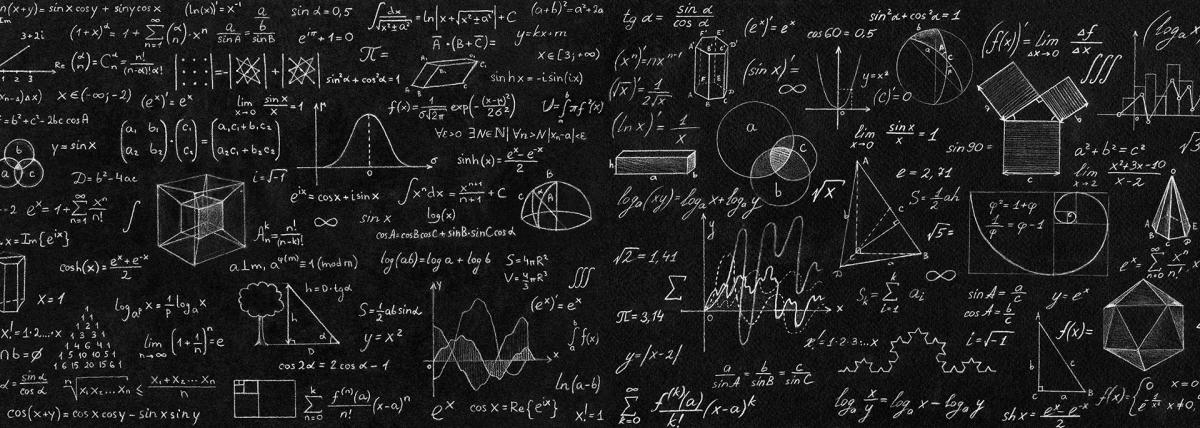
This lesson will provide students with the opportunity to research and design their own roller coaster. This will give them the experience to understand how gravity works on Earth and why people are

In this creative lesson, students will design and build a Rube Goldberg Energy Transfer Project. They will work within a group over 1-2 weeks and create a presentation to demonstrate the energy
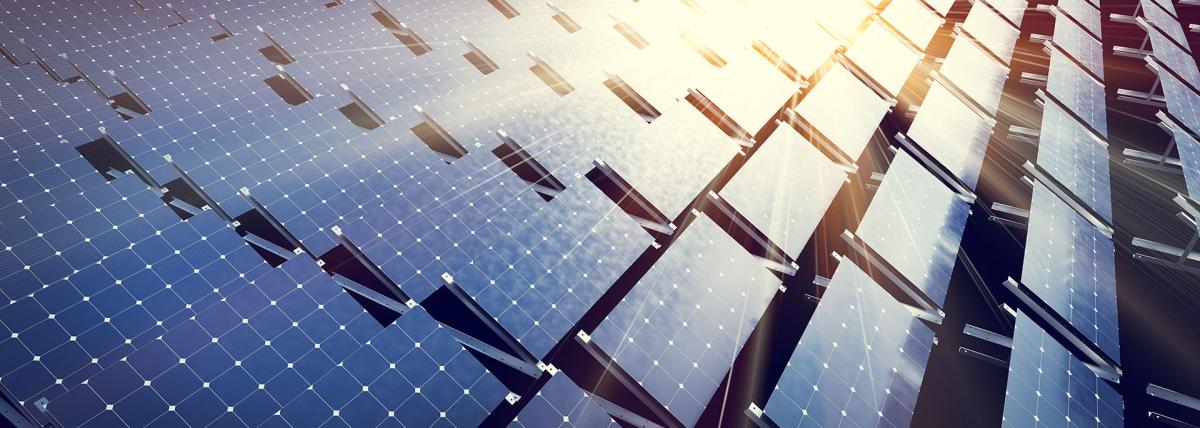
After learning about solar, students will create a solar-powered device that can be used by the community. Students work in groups to engineer a device and present the final product to the class.
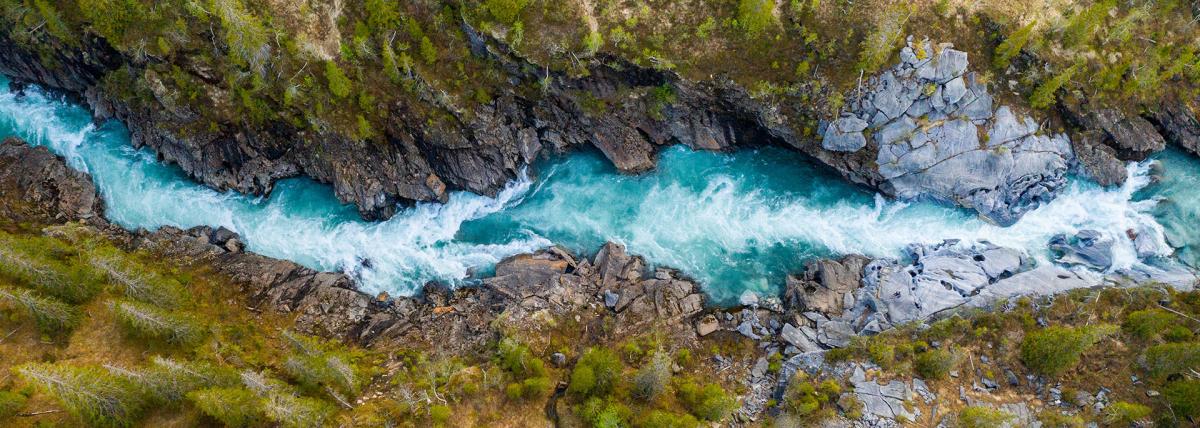
In this engaging and hands-on lesson, students will examine the Gold King Mine spill on the Animas River in Colorado before creating a model watershed in order to develop an explanation of human

Students use Google Earth Timelapse to observe changes to glaciers over time before completing an investigation on the effects of melting sea ice and land ice on global sea level rise. This

Students will learn about what a batting average is in baseball. They will learn how you calculate it and represent it as they do in baseball. Students will also track hits and what results from them

Students will look at structures that allow animals to safely cross a roadway in this lesson. After reading "Crossings: Extraordinary Structures for Extraordinary Animals", they will research an

Students use Sphero Robots to create chariots that race in the classroom. Students utilize social studies, science, technology and engineering to complete this project. Links to resources are included

This hands-on lesson uses a Modeling Instruction approach to experimental design and analysis leading students to develop the graphical and mathematical relationships for accelerated motion, or
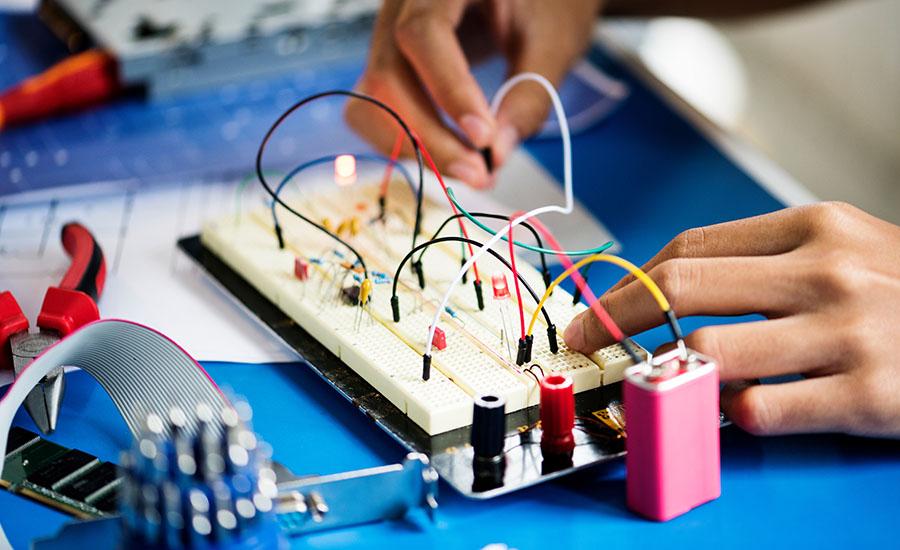
Students use their knowledge of electric circuits to create light up greeting cards using LED lights. Students will understand that positives and negatives need to follow each other to create a
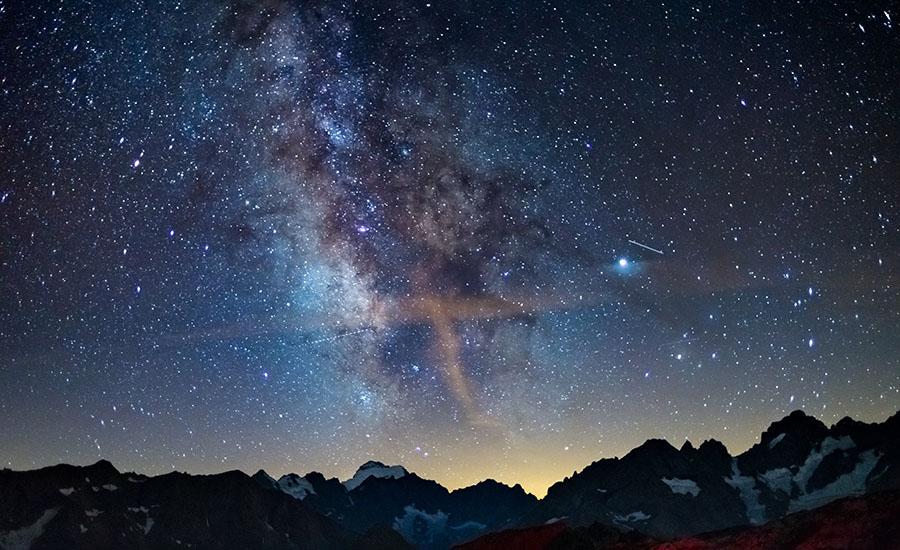
This is a phenomena-based lesson where students will create a model to demonstrate the earth’s rotation during each season to investigate the change in light during the seasons. Links to resources are

What will the transportation of the future look like? What types of engineering or technology will vehicles feature? These Physics lessons explore both established and alternative forms of


